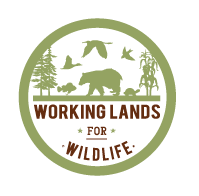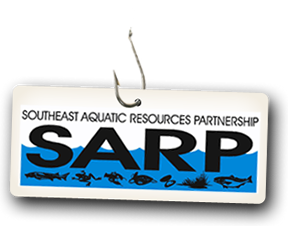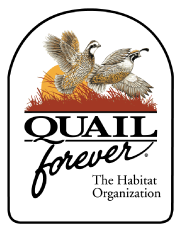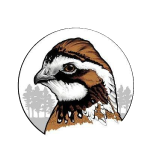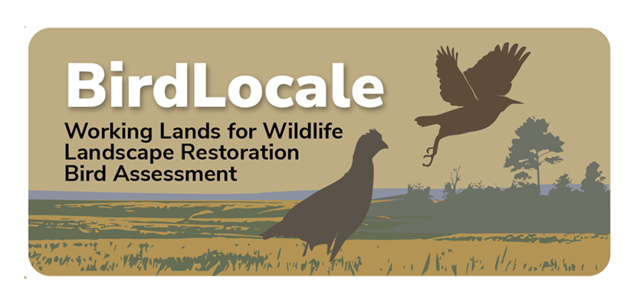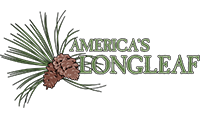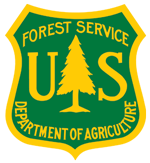Apps, Maps, and Data
Here you can find apps, maps, data, and decision support tools to support landscape-scale conservation planning and design.
Conservation planning is used to identify and prioritize landscapes with important natural and/or cultural resources (e.g., critical watersheds, habitat for rare or threatened species, grazing lands) and develop protection and management strategies for these places. Science is at the core of planning and is deeply informed by stakeholders who bring their on-the-ground knowledge and expertise.
The products of conservation planning can come in different forms, including maps that illustrate key landscapes, data layers that can be added into decision support tools, and spatial resources that show the quality and quantity of certain habitats. Natural resource managers and landowners alike can use maps and data to sustain working lands, support biodiversity, and improve landscape resilience.
Below are conservation planning tools, GIS and spatial data resources, and products from partners. You are welcome to use these resources in your own conservation and working lands efforts.
Southeast Longleaf Ecosystem Occurrences (LEO) Geodatabase
The Southeast LEO Geodatabase is a project to develop a comprehensive map database of documented longleaf pine locations and ecological conditions across the range. Florida Natural Areas Inventory (FNAI) is working in partnership with the Longleaf Alliance to build the LEO GDB with funding from Natural Resources Conservation Service (NRCS) via the U.S. Endowment for Forestry and Communities, and in close conjunction with the America's Longleaf Restoration Initiative - Longleaf Partnership Council, and other partners.
EDDMapS: Early Detection and Distribution Mapping System
EDDMapS is a web-based mapping system for documenting invasive species and pest distribution. It is fast, easy to use, and doesn't require GIS experience. Launched in 2005 by the Center for Invasive Species and Ecosystem Health at the University of Georgia, it was originally designed as a tool for state Exotic Pest Plant Councils to develop more complete distribution data of invasive species. Since then, the program has expanded to include the entire US and Canada as well as to document certain native pest species. EDDMapS' goal is to maximize the effectiveness and accessibility of the immense numbers of invasive species and pest observations recorded each year. As of June 2021, EDDMapS has over 5.2 million records.
Wildlife & Environmental Contaminants Mapper
The Wildlife & Environmental Contaminants Mapper displays the locations of over 100,000 samples from the "Environmental Contaminants Database Management System" (ECDMS) from the U.S. Fish & Wildlife Service. Click on sample collection locations to view the details about the samples, and download available results from laboratory tests performed.
Forest and Rangelands National Priority Maps
Contains maps for: National Priorities for Broad-Scale Fuels Management; National Priorities for Community Planning and Coordination; National Priorities for Managing Human-Caused Ignitions; and Large, long-duration wildfire potential with opportunities map for managing wildfires for resource objectives.
WLFW-GWWA Project Boundary Shapefiles
This map of the outer project boundary for the partnership excludes 3 states within the species range in Appalachia that declined to participate due to staff shortages and competing priorities. The image shows the WLFW-GWWA project boundary on a national map of WLFW partnership geographies.
South Atlantic LCC Conservation Blueprint
The South Atlantic Conservation Blueprint is a living spatial plan to conserve natural and cultural resources for future generations. It identifies shared conservation priorities across the South Atlantic region.
Northeast Conservation Planning Atlas
The Northeast Conservation Planning Atlas is a science-based mapping platform that provides access to high-quality geospatial datasets, maps and information to facilitate partner-driven conservation from Maritime Canada to the Appalachians. Produced by the Conservation Biology Institute.
Rangeland Analysis Platform
The Rangeland Analysis Platform (RAP) is an interactive web application designed to assist in managing and monitoring America’s valuable rangelands. This free tool was developed for landowners, managers, and conservationists to quickly and easily access information that can guide land use decisions.
Landscape Partnership Spatial Datasets
Discover datasets produced by Landscape Partnership members and partners
SE FireMap
The SE FireMap project aims to develop an improved fire mapping system in the Southeastern United States. This cohesive system will track both prescribed fire and wildfire activity on public and private lands and serve as a critical decision support tool to maximize the effectiveness of fire management practices.
Distribution of the American Black Duck
Distribution of the American Black Duck. This species breeds locally South to the dashed line.
Esri Web Services and PAD-US
Rich Nauman of Esri presents on how Esri web services have been applied to PAD-US data, creating many options for using PAD-US in web applications and on desktop GIS systems. Approximately 15 minutes.
Conservation Action Map
The Tennessee River Basin Network is comprised of a vast cast of characters working to conserve natural resources through science, management action, communications and engagement. This map highlights specific conservation actions from members of the Network. It is a visual tool to identify who is doing what where, with the goal of helping to share resources and information and bolster collaborative action to make conservation more efficient and effective.
Training
Training resources on the Landscape Partnership allows practitioners and landowners alike to gain new skills and knowledge. The training resources here can help you learn how to use conservation tools, apply scientific research in the field, and improve working lands, among other topics.
Cave and Karst Biota Modeling in the Appalachian LCC- Observed Amphipods in 20km grid cells
We developed spatial summary (GIS) layers for a study of factors influencing the distribution of cave and karst associated fauna within the Appalachian Landscape Conservation Cooperative region, one of 22 public-private partnerships established by the United States Fish and Wildlife Service to aid in developing landscape scale solutions to conservation problems (https://lccnetwork.org/lcc/appalachian).
Imperiled Aquatic Species Conservation Strategy for the Upper TN River Basin
The Imperiled Aquatic Species Conservation Strategy for the Upper Tennessee River Basin is a cost-effective conservation strategy for 36 imperiled freshwater fish and mussel species in the 22,360 square-mile Upper Tennessee River Basin. Developed in 2014.
Conservation Planning Process
Conservation planning identifies and prioritizes lands that encompass important natural or cultural resources across the landscape (e.g., critical watersheds, habitat for rare or threatened species) and develops protection and management strategies for these lands. It is a process where science is at the core of planning, but the science is informed by groups of stakeholders using their on-the-ground knowledge and expertise. Dr. Robert Baldwin of Clemson University explains in this video the steps involved in the conservation planning process.
GIS & Conservation Planning Toolkit
The GIS & Conservation Planning Toolkit was designed by the Landscape Conservation Cooperatives to help walk resources managers through integrating GIS data and planning into day-to-day operations. We still house this toolkit for practitioners to use in their on-the-ground conservation efforts.


